 | ||
The fault in our stars charli xcx boom clap
Word painting (also known as tone painting or text painting) is the musical technique of writing music that reflects the literal meaning of a song. For example, ascending scales would accompany lyrics about going up; slow, dark music would accompany lyrics about death.
Contents
- The fault in our stars charli xcx boom clap
- Geek week day 4 word painting chanelmusic
- Historical development
- In popular music
- References
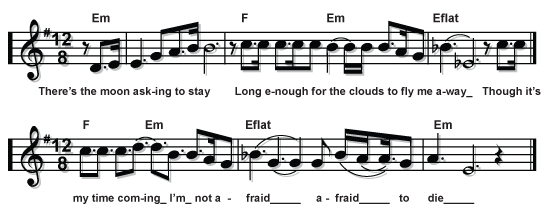
Geek week day 4 word painting chanelmusic
Historical development
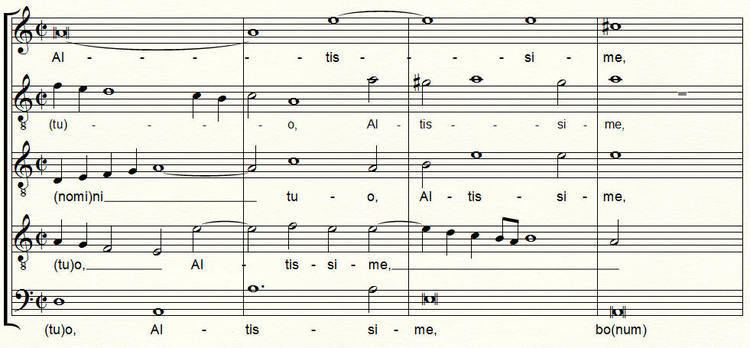
Tone painting of words goes at least as far back as Gregorian chant. Little musical patterns are musical words that express not only emotive ideas such as joy but theological meanings as well in the Gregorian. For instance, the pattern FA-MI-SOL-LA signifies the humiliation and death of Christ and His resurrection into glory. FA-MI signifies deprecation, while SOL is the note of the resurrection, and LA is above the resurrection, His heavenly glory ("surrexit Jesus"). Such musical words are placed on words from the Biblical Latin text; for instance when FA-MI-SOL-LA is placed on "et libera" (e.g. introit for Sexagesima Sunday) in the Christian faith it signifies that Christ liberates us from sin through His death and resurrection.
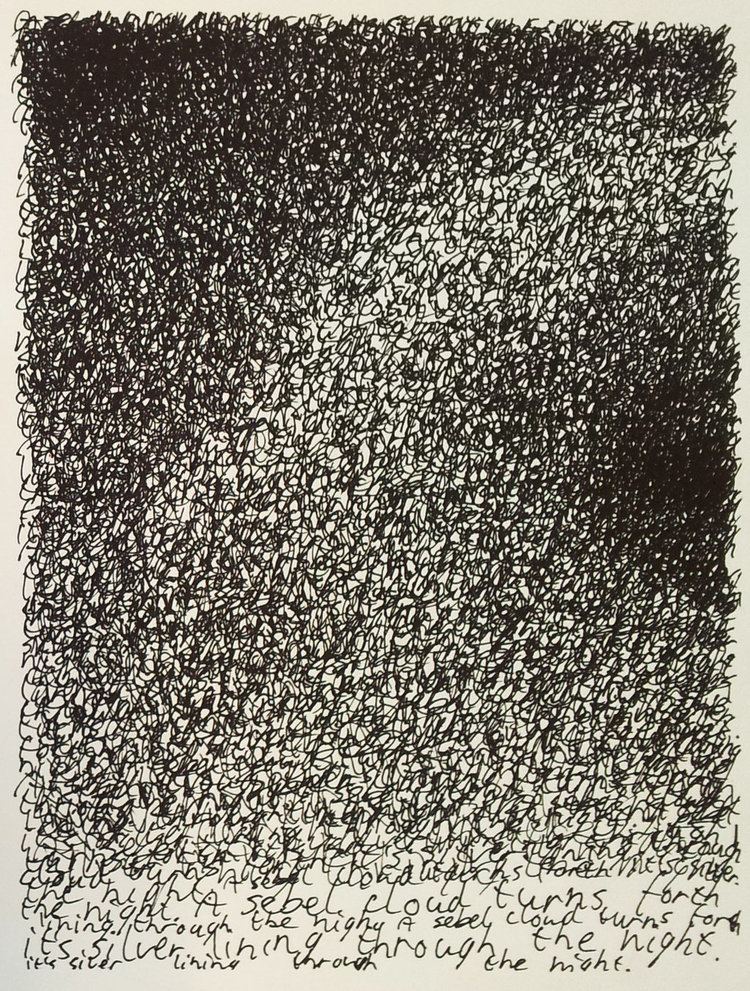
Word painting developed especially in the late 16th century among Italian and English composers of madrigals, to such an extent that word painting devices came to be called madrigalisms. While it originated in secular music, it made its way into other vocal music of the period. While this mannerism is a prominent feature of madrigals of the late 16th century, including both Italian and English, it encountered sharp criticism from some composers. Thomas Campion, writing in the preface to his first book of lute songs 1601, said of it: "... where the nature of everie word is precisely expresst in the Note … such childish observing of words is altogether ridiculous."
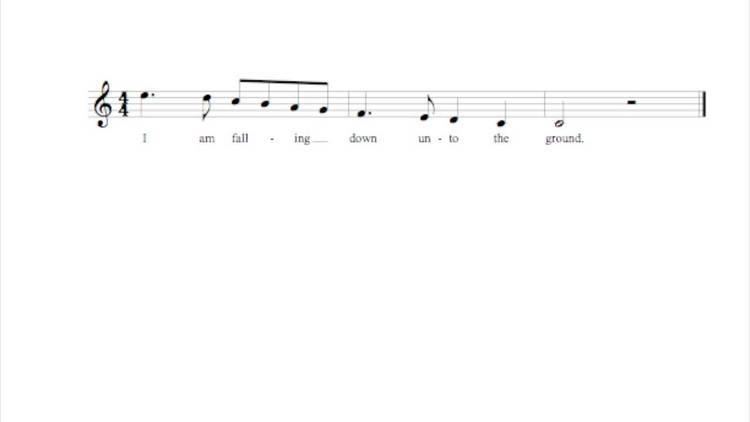
Word painting flourished well into the Baroque music period. One famous, well-known example occurs in Handel's Messiah, where a tenor aria contains Handel's setting of the text:
Every valley shall be exalted, and every mountain and hill made low; the crooked straight, and the rough places plain. (Isaiah 40:4)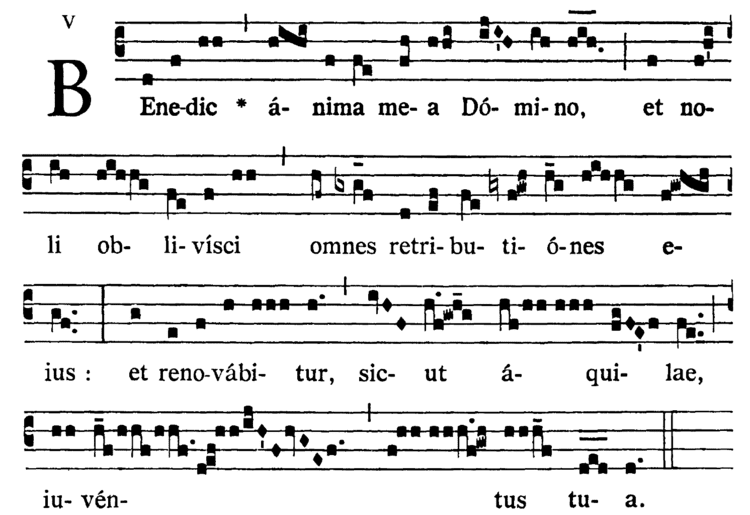
In Handel's melody, the word "valley" ends on a low note, "exalted" is a rising figure; "mountain" forms a peak in the melody, and "hill" a smaller one, while "low" is another low note. "Crooked" is sung to a rapid figure of four different notes, while "straight" is sung on a single note, and in "the rough places plain," "the rough places" is sung over short, separate notes whereas the final word "plain" is extended over several measures in a series of long notes. This can be seen in the following example:
In popular music
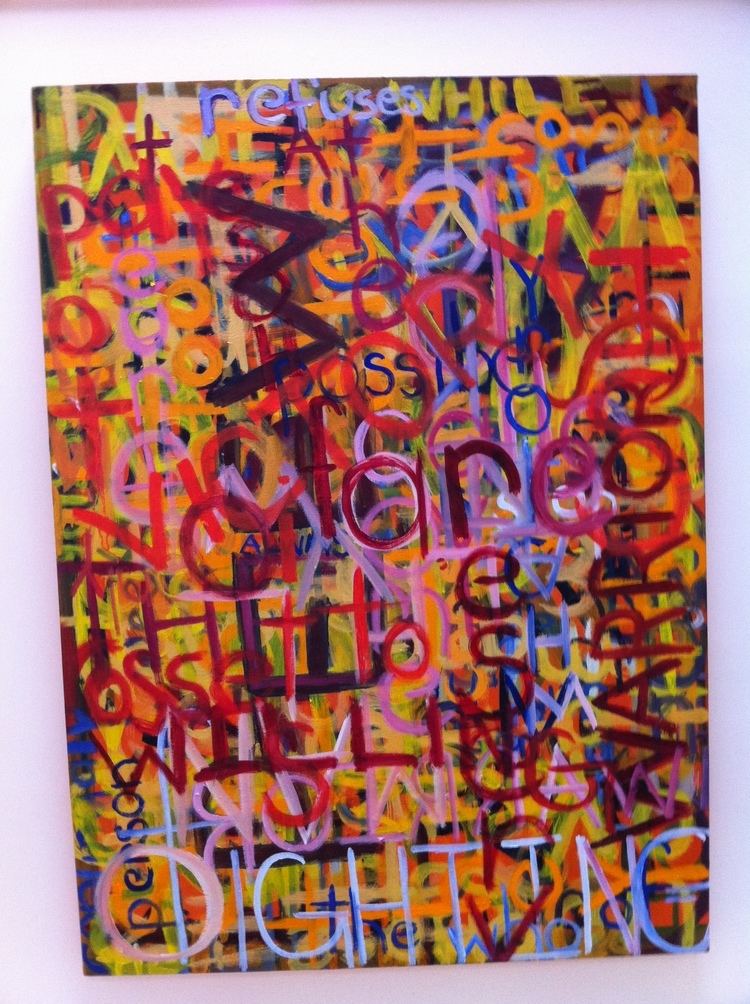
A modern example of word painting from the late 20th century occurs in the song "Friends in Low Places" by Garth Brooks. During the chorus, Brooks sings the word "low" on a low note. Similarly, on The Who's album Tommy, the song "Smash the Mirror" contains the line
Can you hear me? Or do I surmiseThat you feel me? Can you feel my temperRise, rise, rise, rise, rise, rise, rise, rise, rise, rise, rise, rise, rise....Each repetition of 'rise' is a half-step higher than the last, making this an especially overt example of word-painting.
Justin Timberlake's song "What goes around" is another popular example of text painting. The lyrics
What goes around, goes around, goes aroundComes all the way back arounddescend an octave and then return to the upper octave, as though it was going in around in a circle.
In the chorus of "Up Where We Belong", the melody rises during the words "Love lift us up where we belong."
In Johnny Cash's "Ring of Fire", there is an inverse word painting where 'down, down, down' is sung to the notes rising, and 'higher' is sung dropping from a higher to a lower note.
